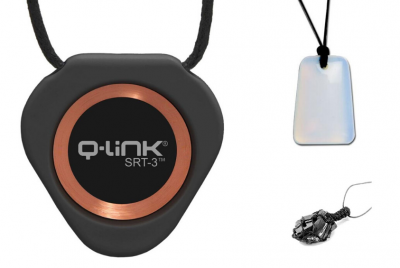When worn correctly, both Bluetooth and wired earbuds offer a lightweight and comfortable way to listen…
5 Best Low EMF Alarm Clocks

*We may earn a commission for purchases made using our links. Please see our disclosure to learn more.
Many of us need some kind of alarm clock to wake us up in the morning. Unless you are one of the lucky ones whose internal clock wakes them up at 6 am every day without fail, an alarm clock is often necessary to avoid oversleeping and missing work or other obligations. Certainly, being jarred out of sleep is not ideal, but it is, unfortunately, a reality for many.
To add to your love-hate relationship with your alarm clock, consider the fact that many traditional models actually produce EMF radiation. Whether it’s because of Bluetooth, the power supply, or other factors, having an EMF generating device next to your bed is not advisable.
The obvious solution may be to ditch the alarm clock altogether. But again, your boss may not appreciate you strolling into work two hours late each morning because you overslept. To get around this, you may want to consider finding a lower-EMF alarm clock.
Now, low-EMF alarm clocks may not contain all of the bells and whistles of many modern clocks. There is no light that kicks on to wake you up naturally, and no pairing with your phone to play your favorite music in place of that incessant beeping. But if the goal is to simply get yourself out of bed in the morning, a low-EMF alarm clock can certainly do the trick.
If a low-EMF alarm clock sounds like something you’re interested in, we’re here to help. We’ve put together a list of some of the best options on the market today.
5 best low EMF alarm clocks
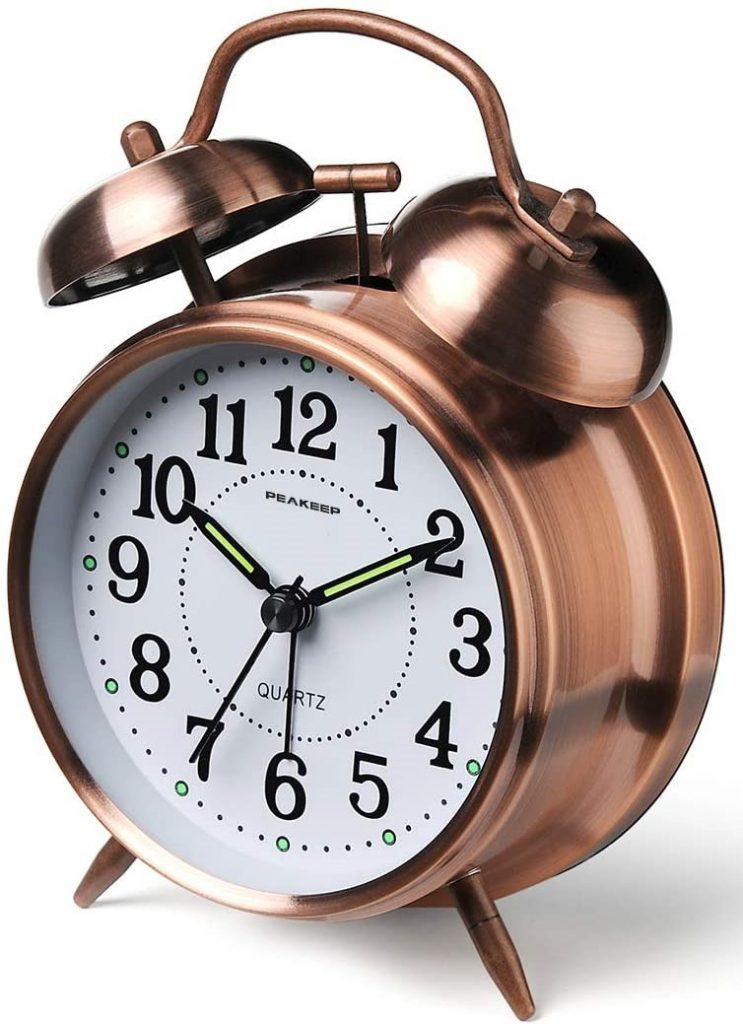
5. Peakeep Twin Bell Alarm Clock For Heavy Sleepers. If you’re a heavy sleeper, this may be your perfect match. This small, analog alarm clock runs on a single AA battery (not included) and produces virtually no radiation. It’s incredibly simple to use — wind it up to set the time, use the other dial to set your alarm, and flip the switch on the back to turn the alarm on. Battery operation means you never have to worry about oversleeping when the power goes out, and there’s no snooze function, so you can rid yourself of that temptation. Available in several classic colors, including black, black retro, red copper, and silver, this antique-style twin bell clock is simple yet effective.
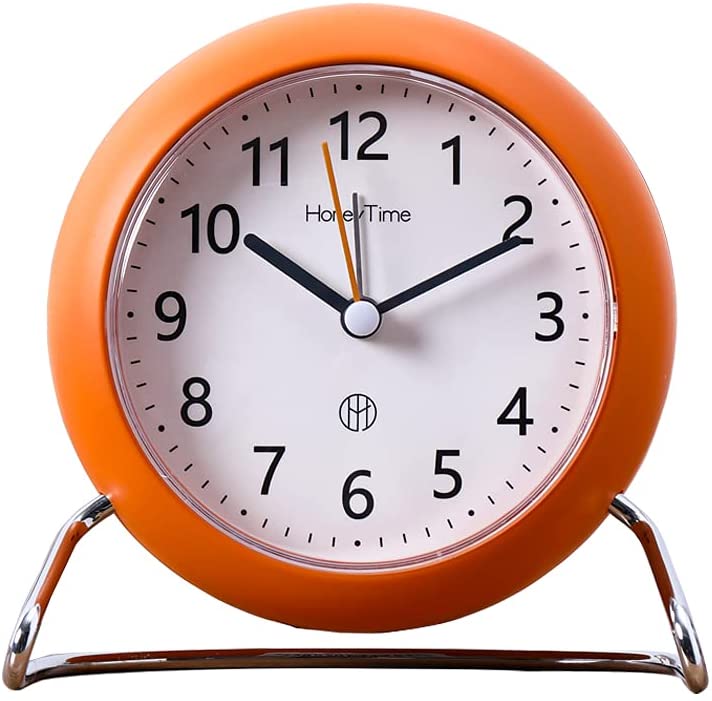
4. A/A Non-Ticking Alarm Clock. With large numbers, silent operation, and a simple design, this alarm clock from A/A does everything you need and nothing you don’t. You can easily adjust the alarm time using two knobs and the alarm can be turned on or off with the press of a button. The clock also has a nightlight button rather than an always-on backlight, making it a great option for light sleepers. A/A’s clock is operated using one AA battery and its compact size allows it to fit on even a small nightstand.
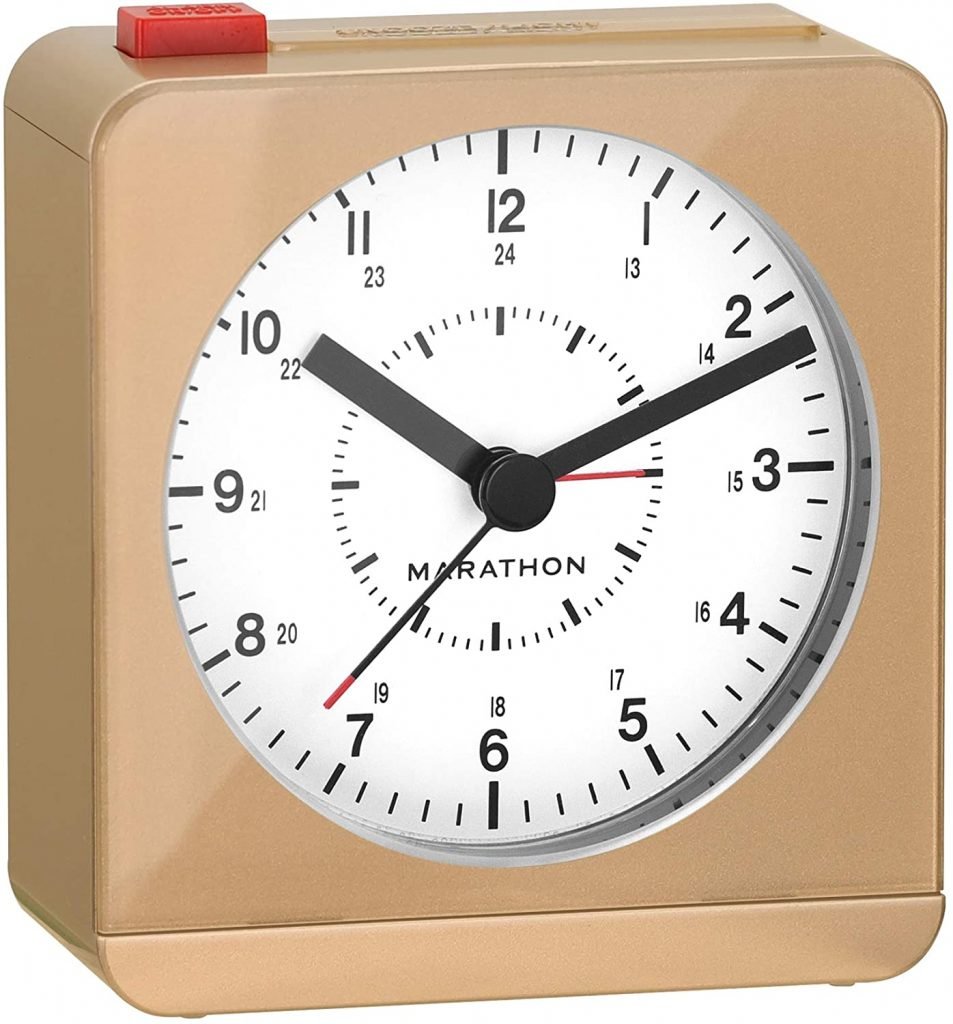
3. Marathon Classic Silent Sweep Alarm Clock. If the tick-tocking of the clock can get you down at night, you need Marathon’s Classic Alarm Clock. This clock is virtually silent, so there is no annoying tick-tock to keep you up. It also features an automatic ambient light sensor that illuminates the clock display in low light conditions, so you will have no problem reading the time, even in the dark. It is powered by two AA batteries, which are included with the clock, and even features a snooze function. Available in black, gold, or white, this clock can go with just about any color scheme, as well.
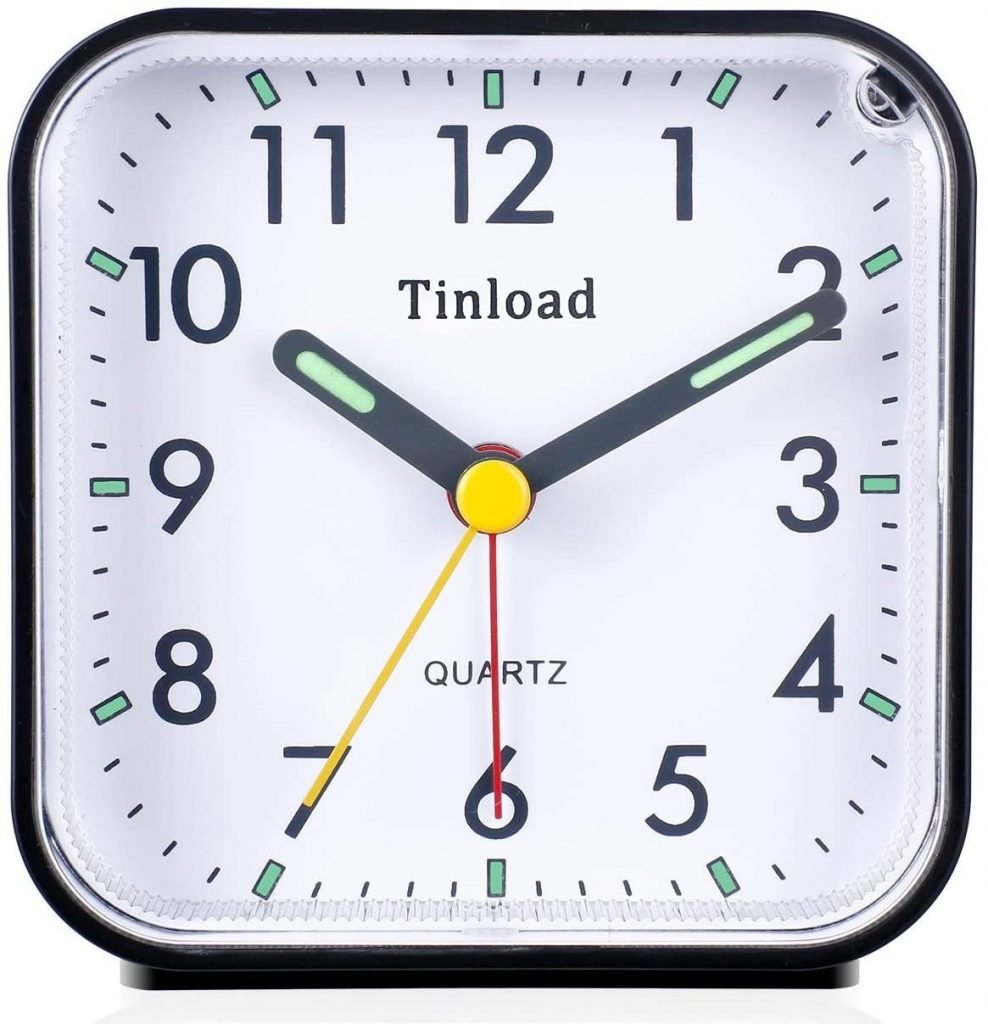
2. Tinload Small Analog Alarm Clock. If you want an alarm clock that is basic, easy-to-read, and even easier to operate, consider this offering from Tinload. The large numbers stand out against the white background, and its compact size is perfect for a bedroom where space is a commodity. Perhaps best of all, it features a gradual increase in alarm volume, so you aren’t jolted out of bed right off the bat. The snooze button silences the alarm in five-minute increments, and the ultra-quiet design means no listening to the clock tick-tock instead of sleeping.
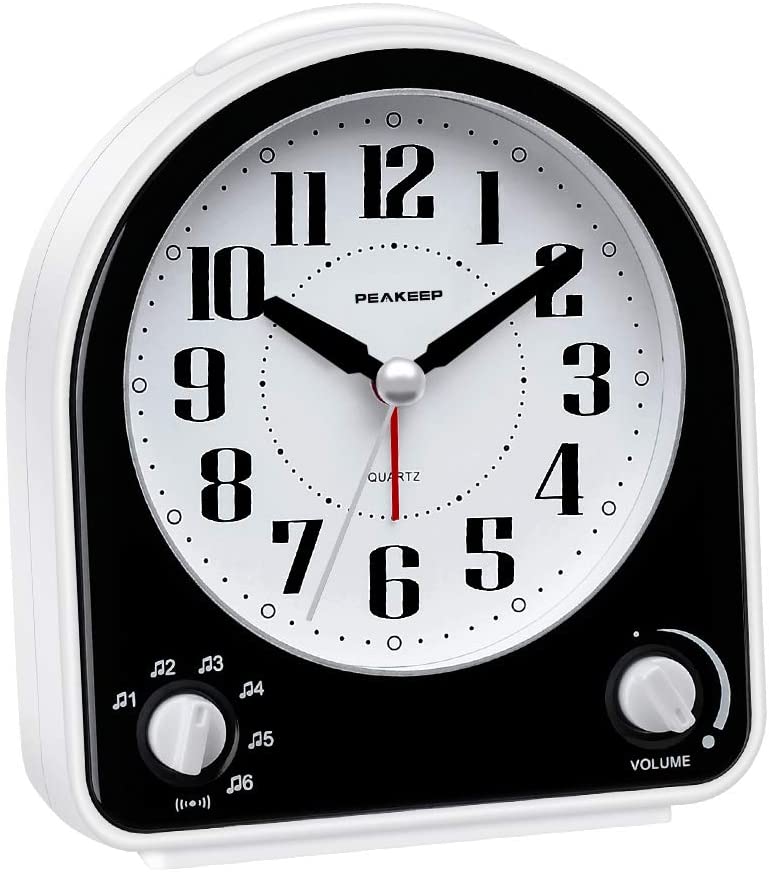
1. Peakeep Non-Ticking Silent Alarm Clock. Our second Peakeep offering on this list, the non-ticking silent alarm clock is an excellent battery-operated, EMF-free option. The large print clock face is easy to read, and the front knobs make adjusting the volume and alarm sound a breeze. There are seven different wake-up sounds built-in, so you can choose the one you like the most to wake up to. The nightlight makes it possible to check the time when it’s dark, and the built-in snooze button silences the alarm for five minutes at a time for up to an hour.
Why are some alarm clocks higher in EMF radiation?
There are a few different reasons that some alarm clocks produce high amounts of EMF radiation.
Take, for example, an alarm clock that lights up in the morning, helping you wake up naturally without the alarm. This kind of clock can be beneficial for other reasons, but from an EMF standpoint, the LED light it uses can be problematic. LEDs can create dirty electricity because they do not use all of the electricity sent to them.
Some modern alarm clocks have built-in Bluetooth. If you pair your alarm clock to your phone, it’s worth it to note that Bluetooth is, itself, a form of RF-EMF radiation. When the Bluetooth is turned on, the alarm clock acts as a receiver, both sending and receiving radiofrequency signals.
Many newer alarm clocks are also much more energy-efficient than their older counterparts. This may be good news for your electric bill, but energy-efficient gadgets are known to cause dirty electricity. When more electricity is sent to the device than it needs, it rejects some of it, sending it back into your home’s wiring. When this happens, it creates an electromagnetic field that we refer to as dirty electricity. Dirty electricity is a form of extremely-low frequency (ELF) EMF radiation.
Another problem with many alarm clocks boils down to their display. Blue light isn’t technically a form of EMF radiation, but it is still detrimental to both our health and our ability to produce melatonin. Melatonin, meanwhile, is necessary in order for the body to sleep. If the display on your alarm clock generates blue light, it could be disrupting your body’s natural production of melatonin, leading to insomnia and poor sleep.
Benefits of a low EMF alarm clock
Low EMF alarm clocks may not have many fancy features. They can be loud, and not everyone is a fan of their analog display. But there are some important benefits that make these devices worth considering.
For starters, your bedroom is the single most important room in your house from an EMF reduction standpoint. Your bedroom is where you sleep, and sleep allows the body to undergo its natural healing and restoration processes. When we get good quality sleep, our bodies are undoing some of the damage done from EMF radiation and other environmental toxins throughout the day. If you are continually exposed to EMF radiation while sleeping, however, your body can’t undo as much of the damage because it is still occurring.
A high-EMF alarm clock next to your bed is still not as bad as a cell phone. But, if you are trying to lower your EMF levels in the bedroom, the typical alarm clock may be sabotaging your efforts.
A low-EMF alarm clock, meanwhile, does not significantly contribute to your room’s EMF radiation levels.
Furthermore, as most low EMF alarm clocks are a more traditional, older style, they are also quite loud. This could be good or bad, depending on how you look at it. But if you’ve been known to sleep through your alarm on occasion, the volume of your low-EMF clock may help break you of that habit.
Additionally, low EMF alarm clocks usually have an unlit, analog display. That means they do not produce any blue light, and will not directly alter your body’s natural production of melatonin.
Testing your alarm clock
If you’re curious how much EMF radiation your current alarm clock produces, you can test this using an EMF meter such as the TriField TF2. While that is our go-to recommendation for an entry-level meter, any meter capable of detecting radio frequencies in addition to electric and magnetic fields will do.
To test your clock, first take a reading with the device unplugged, assuming it uses AC power to operate. Hold the meter next to your alarm clock and turn it on, taking note of the levels. This is your baseline number. Ideally, as it is in your bedroom, the number should be quite low (and if it’s not, additional EMF reduction steps may be necessary). Next, plug the clock back in and re-take your measurement. The change in readings between the meter being off and on indicates how much EMF radiation the device produces.
You can use this information to determine if it may be time to find a lower-EMF alarm clock.
Parting thoughts
Your alarm clock is probably not your best friend. This often-hated device is a necessary evil, however, and finding a low EMF model can even improve the quality of your sleep.


